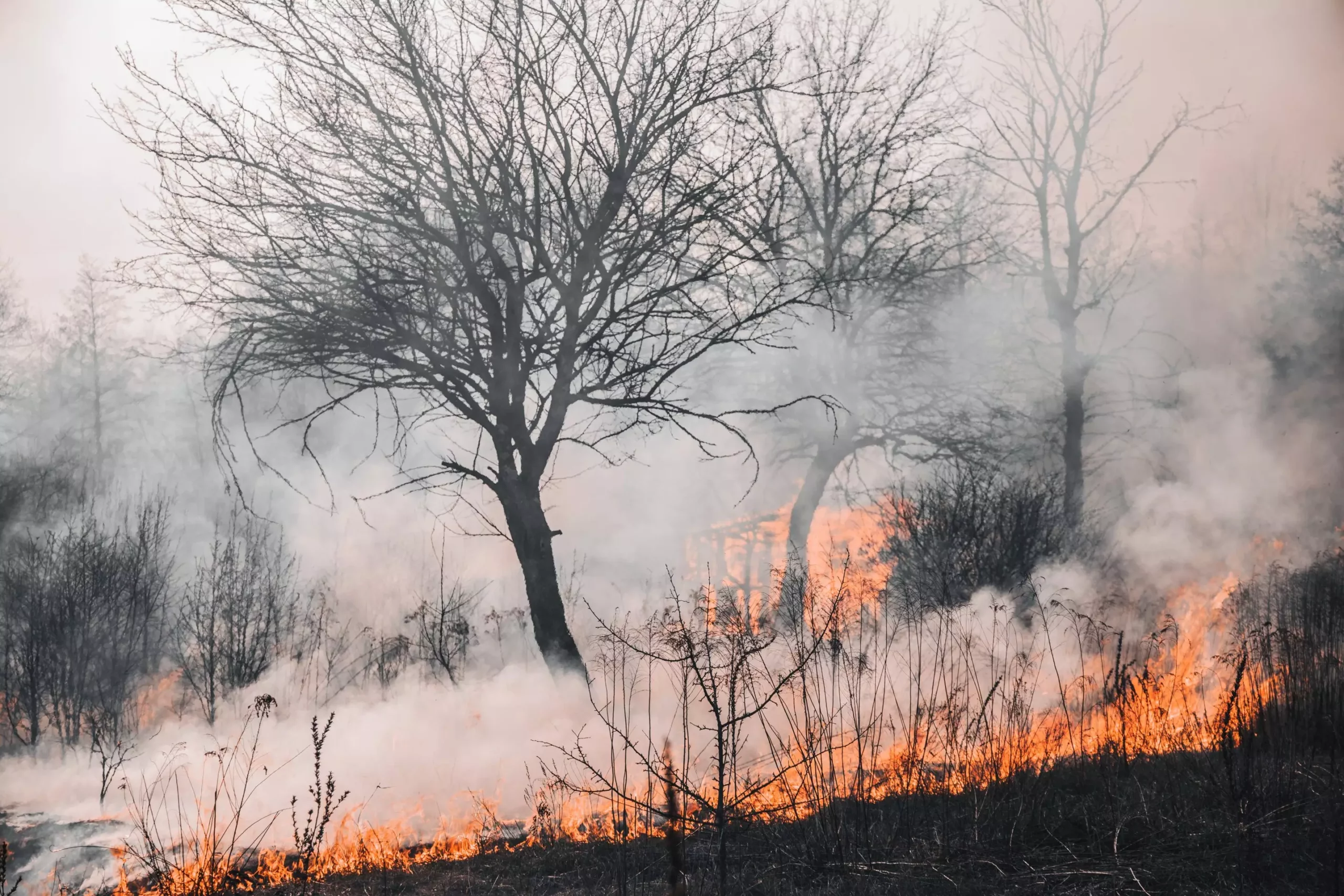The intricate relationships within Earth’s atmospheric systems often reveal surprising consequences of natural events. A groundbreaking study conducted by an international team from China, Germany, and the United States has illuminated an alarming connection between massive wildfires and ozone layer dynamics. This crucial layer of our atmosphere serves as a protective barrier against harmful ultraviolet (UV) radiation, and its stability is now more precarious than previously thought. The research, recently published in Science Advances, particularly centers on the catastrophic Australian bushfires of 2019-2020, illustrating how such natural disasters can drastically alter atmospheric chemistry.
The Ozone Layer: Hard-Won Progress at Risk
Historically, the depletion of the ozone layer has been a significant environmental concern. However, through collective global efforts exemplified by the Montreal Protocol established in 1987, the world has seen some remarkable progress. This treaty led to a marked decline in substances that were eroding our ozone shield. As a result, many scientists were hopeful, noting signs of healing within this vital layer. Nonetheless, the recent study illuminates a new, unpredictable threat: the impact of wildfires on the stratosphere, revealing that even hard-won progress can be jeopardized by unforeseen factors.
Understanding the Smoke-Charged Vortex
Delving into the specifics of this research, scientists have identified a novel phenomenon termed the smoke-charged vortex (SCV). This powerful whirlpool effect, laden with wildfire emissions, catapults particles into the stratosphere, reaching altitudes of up to 35 kilometers. According to Professor Hang Su from the Institute of Atmospheric Physics, this SCV led to a dramatic increase in stratospheric aerosols. Such aerosol buildup is not merely an inconvenience; it plays a pivotal role in chemical reactions that influence ozone concentrations.
The implications of the SCV phenomenon are significant. While the lower stratosphere faces ozone depletion due to these wildfire-induced aerosols, intriguingly, there is a compensatory increase in ozone levels high above the Earth’s surface. This paradoxical relationship calls for a deeper understanding of stratospheric chemistry, pointing to a complex interplay that could defy traditional expectations regarding how we view ozone layer dynamics.
The Dual Nature of Aerosols: A Double-Edged Sword
The scientists involved in this research uncovered a significant dual effect of wildfire aerosols. On the one hand, the lower stratosphere experienced notable ozone loss; on the other hand, the reactions induced by these aerosols in the middle stratosphere led to an increase in ozone levels. Their findings suggest that these smoke components, which include harmful black carbon, do not merely contribute to pollution but also engage in complex chemical reactions that affect atmospheric conditions in unpredictably beneficial and detrimental ways.
In Southern Mid-Latitudes, the study quantifies this relationship, noting that up to 70% of possible ozone depletion resulting from the wildfires was buffered through enhanced chemical activities induced by aerosols. This dynamic not only paints a complex picture of our atmosphere but also highlights the necessity for continued investigation into natural phenomena that can manipulate ozone concentrations.
The Urgent Call for Research and Vigilance
As evidence of climate change mounts, the frequency and intensity of wildfires are escalating, spurred by factors like rising temperatures and changing precipitation patterns. This study underlines the urgent need for scientific vigilance as we confront the implications of climate-related events on atmospheric chemistry. With the potential for increased occurrence of SCVs and their resultant effects on the ozone layer, researchers and policymakers are called to reassess our understanding of ozone dynamics.
The advancements achieved through global cooperation in reducing ozone-depleting substances may now be undermined by natural events stemming from environmental change. Therefore, ongoing research into how climate-driven phenomena influence stratospheric chemistry is not just important; it is imperative if we hope to safeguard our fragile atmosphere from compounding threats in the future. As we advance further into a changing climate, the intricate links between wildfires and the ozone layer reaffirm the need for a proactive approach to environmental stewardship and atmospheric science.


Leave a Reply